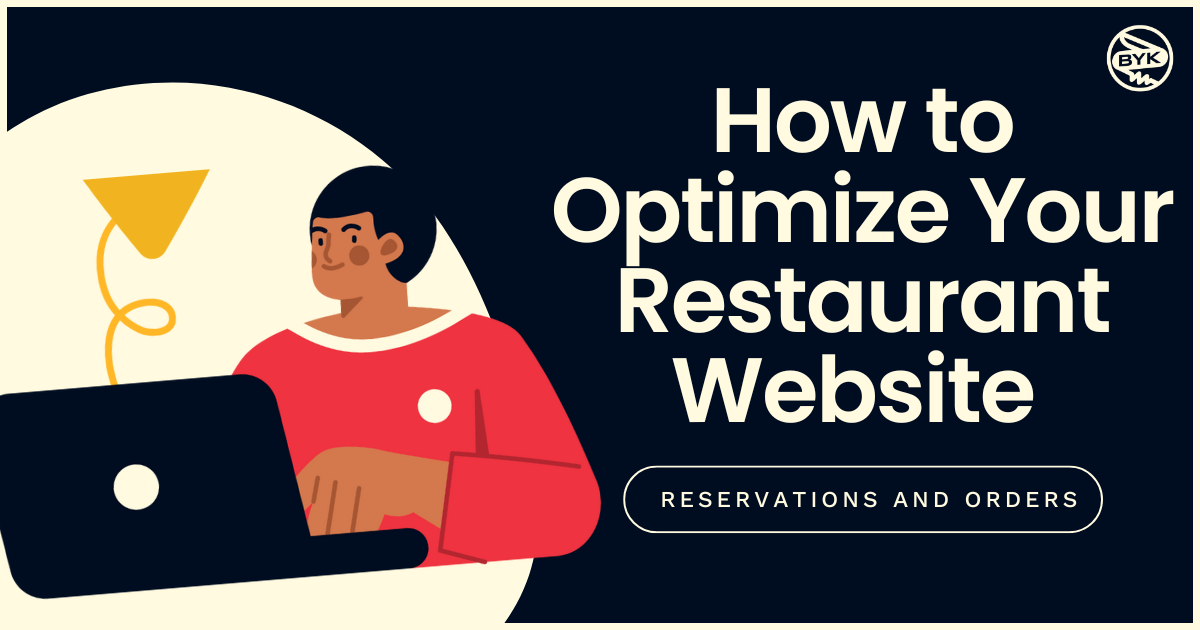Experimental practices have long been an important part of developing marketing strategies. They are an important first step in testing out marketing ideas before they are released to the public. They can be helpful in providing quantitative and qualitative support for whatever tactics you choose to go with. Below are a few of the most popular experimental and scientific techniques used in the field of marketing, and how each can be helpful in crafting your strategy.
Surveys
Surveys are perhaps the simplest and most commonly used way to gather information. They do not require as much time and effort put into them as many other techniques, but can yield just as much valuable information if executed well. Surveys are also the most cost effective way to reach a large group of people. They are the best way to reach a wide audience and learn basic information from them. Through a survey, you can ask people their opinion on your past marketing campaigns, changes they would recommend, how the campaigns made them feel, and what words and phrases they associate with your brand.
Surveys do, however, have some shortcomings. No matter how you distribute them, surveys do not tend to have a very high response rate. With voluntary surveys, you also have to be careful to note whether the respondents make up a representative sample of the audience you were trying to reach. They are also not a great way to try to gather deep and detailed information from individuals. Surveys are a wonderful way to ask simple, straightforward questions, and to gather small amounts of information from large amounts of people.
Focus groups
If you are instead looking to gather large amounts of information from a smaller amount of people, you may want to try using focus groups. Focus groups are conducted in a small-group setting, usually in person, and tend to be more involved than surveys. You can hear directly from your customers about their thoughts and feelings, and allow them to go into greater detail than they could in a survey. This is a great way to gather detailed information to guide your marketing decisions.
It can be costly and time consuming to run too many focus groups. You need a space to run them, compensation for the participants, and at least one moderator for each focus group you are conducting. Therefore, it is not usually feasible for brands to use focus groups as their only way of hearing from their audience. It is most successful when used in tandem with techniques than can reach a wider audience.
A/B testing
To really quantify your customers’ thoughts about your marketing efforts, and their success, many companies turn to A/B testing. The concept is relatively simple. This is a technique that can be used to determine which of two (or more) campaigns is resonating more with your audience. Basically, a company will run two different campaigns, targeting two different groups of people, and see which one gains more traction. This can be done for everything from print ads to online advertising to billboards to mailers. A/B testing can tell you clearly which campaign is working better, and thus should be continued and distributed to a wider audience.
The logistics of A/B testing can make it more challenging than surveys or focus groups in many cases. For the results to be meaningful, you will want to find 2 groups of the same size, who are similar on meaningful demographics for your company. National corporations sometimes choose 2 different mid-sized markets in the same region of the country to run their A-B tests on. You’ll need to be careful that once you have selected your audiences, that they are similar in the areas that matter to your company so the results are not skewed. For instance, if you sell women’s clothing, you will want to make sure both the “A” group and the “B” group in your test contain approximately the same percentage of women; if one group had more women while the other was mostly men, your results would not be helpful.
In a perfect world, your marketing decisions would be based on a combination of all 3 techniques above. Using surveys, focus groups, and A-B testing can all help craft your marketing strategy in a way that you can be confident will resonate with your audience.




